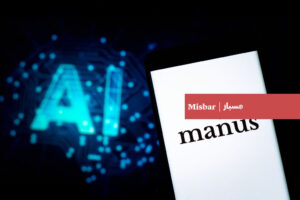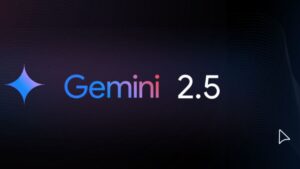THUDM Unveils GLM 4: A 32B Parameter Model Competing Directly with GPT-4o and DeepSeek-V3

THUDM Launches GLM 4: Competing with Top AI Models
The AI landscape continues to evolve as developers race to create more powerful generative models. Recently, THUDM has introduced its latest innovation, GLM 4, which boasts a staggering 32 billion parameters. This new model positions itself as a serious competitor to established giants like GPT-4o and DeepSeek-V3.
What is GLM 4?
GLM 4 stands for Generalized Language Model 4 and represents the fourth iteration of THUDM’s series of models aimed at enhancing natural language processing capabilities. This model is not only larger but also more efficient, providing improvements in performance across a range of tasks, including text generation, comprehension, and summarization.
Key Features of GLM 4:
- 32 Billion Parameters: The sheer size of this model allows it to analyze and understand context better than its predecessors.
- Advanced Training Techniques: THUDM has utilized innovative training methods that enhance the model’s ability to generate coherent and contextually relevant outputs.
- Customization Options: Developers can fine-tune GLM 4 to cater to specific applications, which makes it versatile for different industries.
Comparison to Competitors
GPT-4o
GPT-4o, developed by OpenAI, is renowned for its conversational AI capabilities and intellectual performance. Some of its standout features include:
- Diverse Training Data: GPT-4o has been trained on a wide array of texts, allowing it to generate contextually accurate responses.
- Context Retention: It can maintain context over longer conversations, making it suitable for chatbots and customer service applications.
DeepSeek-V3
DeepSeek-V3 stands out for its focus on specialized tasks, such as legal and medical document analysis. Its defining features include:
- Precision: This model excels at understanding and processing domain-specific vocabulary.
- Robustness: Designed to operate in high-stakes environments, it offers reliable outputs in critical applications.
Applications of GLM 4
The introduction of GLM 4 offers a multitude of applications across various domains. Here are some areas that may benefit from this advanced model:
- Content Creation: Writers and marketers can utilize GLM 4 for generating blog posts, social media content, and promotional materials.
- Customer Support: Businesses can implement this model in chatbots to provide quick and accurate responses to customer inquiries.
- Education: Educational institutions can use GLM 4 for developing personalized learning tools, tutoring systems, and resource materials.
How Does GLM 4 Work?
GLM 4 uses deep learning algorithms to process and generate human-like text. Here’s a simplified view of its working mechanism:
- Data Input: It accepts a broad range of input text, understanding context and nuance.
- Model Processing: The large number of parameters enables the model to analyze the data, breaking it down into understandable components.
- Output Generation: Finally, GLM 4 produces coherent and contextually relevant text based on the analyzed input.
Advantages of Using GLM 4
Organizations and developers may find numerous advantages in adopting GLM 4:
- High Efficiency: With its extensive architecture, GLM 4 can handle complex tasks quicker than smaller models.
- Enhanced Quality: The outputs generated are likely to be of higher quality, with improved relevance and accuracy.
- Future-Proofing: As AI technologies evolve, using a state-of-the-art model like GLM 4 ensures staying ahead in the competitive landscape.
Final Thoughts
The release of GLM 4 by THUDM marks a significant milestone in the development of generative language models. With its unique features and competitive edge, GLM 4 is set to change the way businesses and individuals utilize AI in their daily operations. As this technology continues to advance, the implications for various sectors are profound, paving the way for greater efficiency and improved communication.






